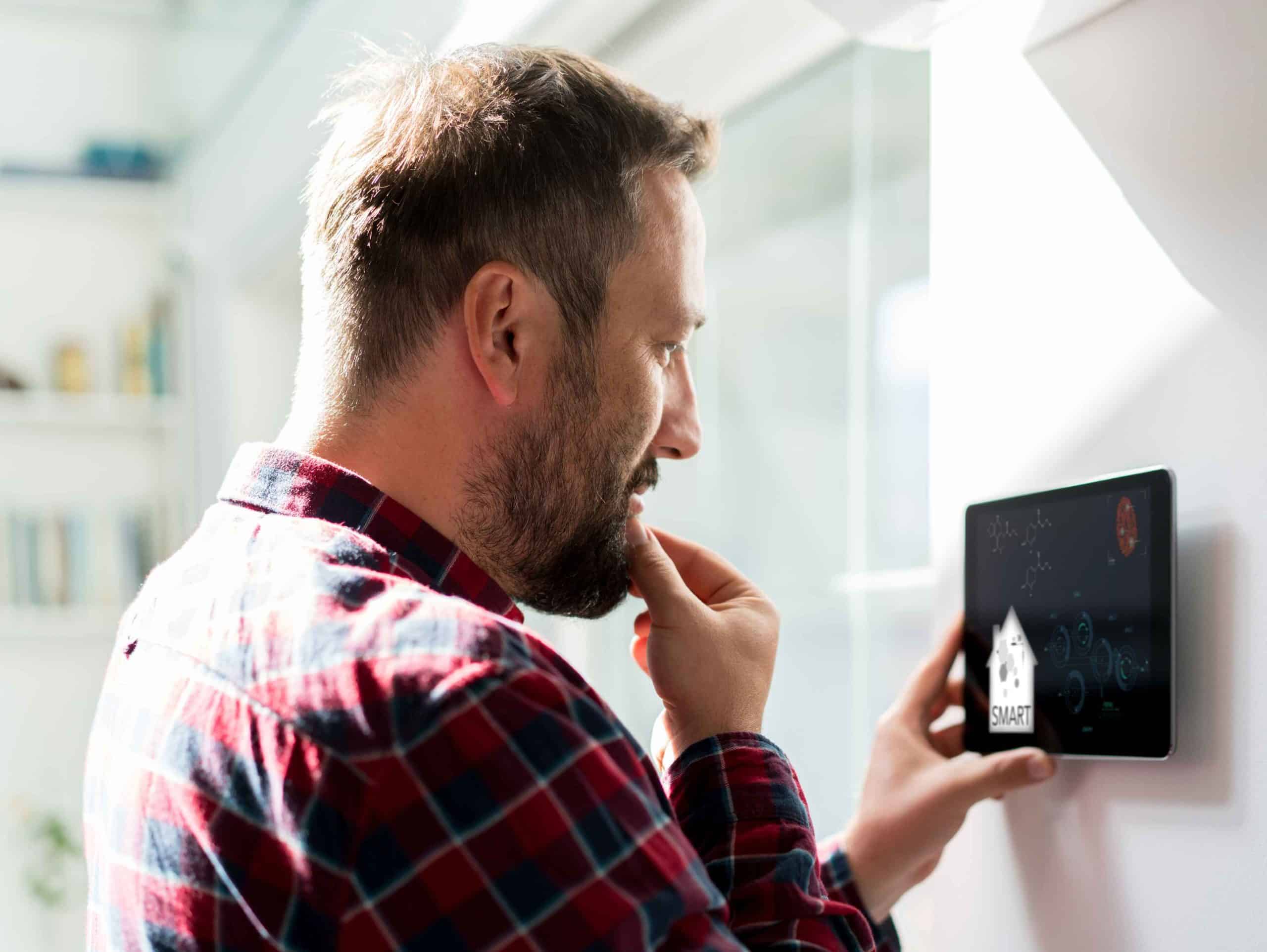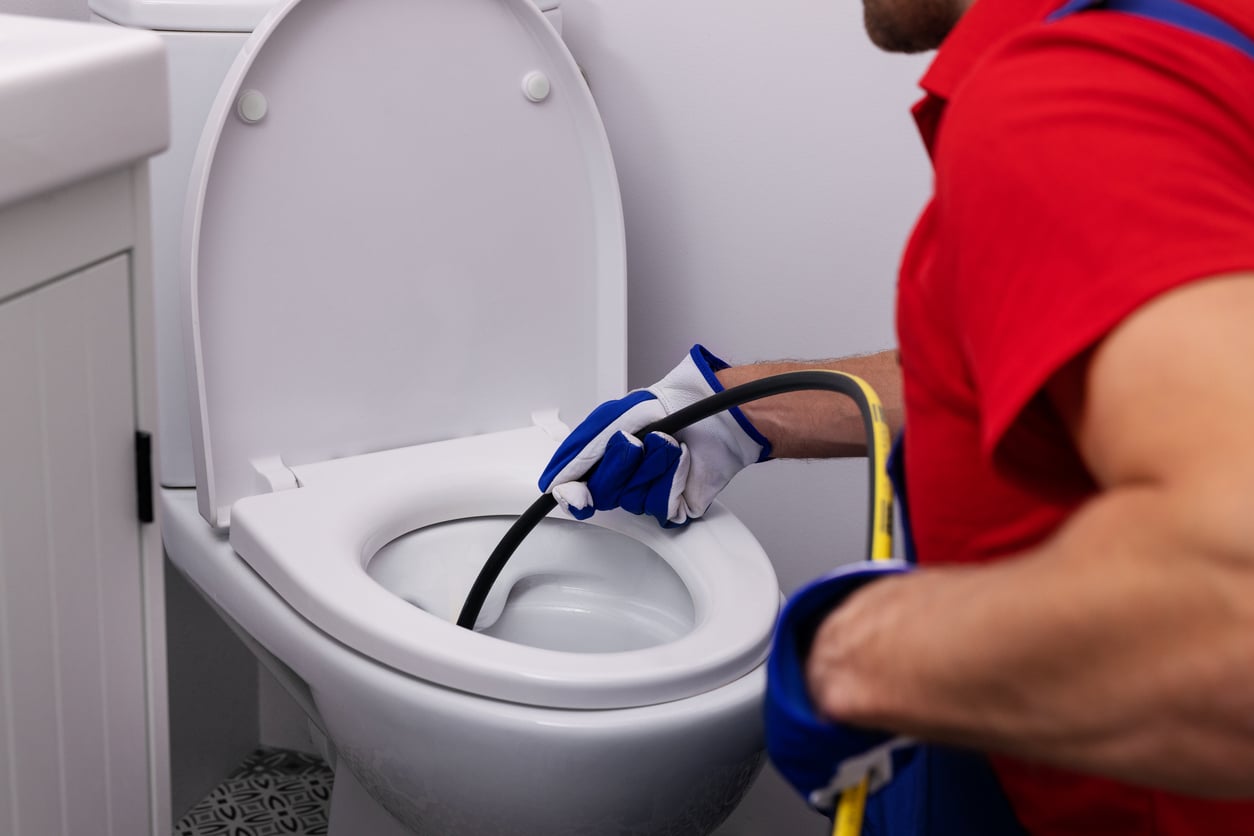Congratulations on your new HVAC installation. By purchasing a new heating and cooling system, you will save money on energy costs, notice a considerable difference in your comfort level, and take advantage of new HVAC features. Like any other appliance, you need to learn about your new heating and cooling equipment for the best results. Before you use your furnace or air conditioner for the first time, read the owner’s manual to find out the best way to operate the system. Scheduling annual maintenance is also crucial to keeping your system running at peak performance. Below are some more tips on how to get the best results from your new HVAC system.
1. Create an Insulated Envelope Around Your House
One of the best things you can do to help your HVAC system perform better is to create an ideal for your furnace and air conditioner to work. You can start by sealing your house. Check for drafts around the windows, doors, and attic or wall insulation. If there is cold air coming in, warm air is likely to get out. As a result, your system has to work twice as hard to keep the home comfortable. Properly insulating your house prevents drafts from invading your house. Repair or replace your windows to create a tight seal around the window frame. Check the door jam to make sure there is a draft-proof seal around the door. Finally, schedule a professional to inspect your wall and attic insulation. You may need to update part or all of the insulation to reseal your house.2. Take the Time to Read the Owner’s Manual
It sounds cliche, but it still rings as true today as ever. Your owner’s manual is your number one go-to for information about your furnace. There are several things you can learn from the manual.- How to power your furnace
- What all the controls do
- Safety tips
- Troubleshooting tips
- Part ordering and replacement
- How to change the air filter
- Routine maintenance requirements
3. Install a Temperature Zoning System
To get the best results from your new HVAC system, you want to control airflow without closing your vents and doors. The best way to achieve this is to install a temperature zoning system into your HVAC. A Zoning HVAC system is designed with motorized dampers, which systematically close or open the ductwork, regulating or redirecting airflow to certain areas of your house. This effect allows for customized or controlled temperature zones within different rooms in the same house. Remember that a zoning temperature system is designed to direct air without pressuring your furnace or air conditioner. You cannot get the same results by closing doors or vents.4. Schedule Routine Preventative HVAC Maintenance
Even the most well-built, sturdy HVAC systems require ongoing maintenance and care to keep them running smoothly. While there are some things you can do to take care of your system, your best option is to schedule professional HVAC maintenance from a certified Maryland technician. What does HVAC maintenance include?- Thorough cleaning of coils, drains, and elements
- Inspecting connections, motor operations, and thermostat functionality
- Monitoring refrigerant pressure
- Testing safety controls
- Lubricating moving parts











